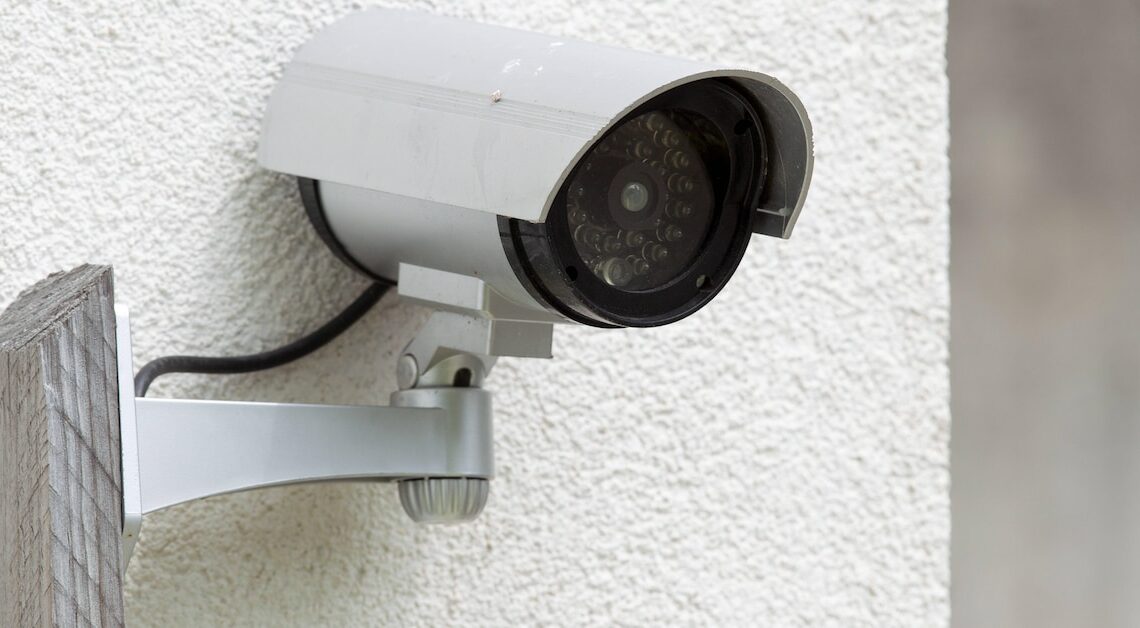
In recent years, burglars have developed new tricks and methods to break into other people's apartments and houses and steal.
New tricks of burglars: Preparation
Instead of using brute force, many burglars today rely on subtle techniques to prepare and carry out their crime. They first spy on their targets and then find the best time to break in. Through careful observation and sophisticated manipulation, they prepare the break-in without the residents noticing.
- Small objects as indicators: For example, burglars secretly place small objects such as matches, scraps of paper or even a piece of adhesive tape between the door and the frame. If these are intact during a later inspection, the perpetrators know that no one is at home.
- Unobtrusive markings: Burglars often make small chalk marks or stickers on doorbells and walls of houses that they have previously scouted and observed. These markings help their accomplices on subsequent robberies to quickly identify promising houses whose residents are on vacation or at work.
- Fake neighborhood help: In some cases, the perpetrators also pretend to be neighbors and ring the doorbell under false pretenses. This is how they test whether anyone is at home and also get a first impression of the interior of the apartment.
- Home surveillance: Some burglars observe a target property over several days to find out the habits of the residents. Regular absences, for example during working hours, are then deliberately exploited for burglaries.
- Acid: In recent years, there has also been an increase in burglaries in which criminals have used nitric acid to gain access to apartments and houses. This highly corrosive substance, which is often used in industry and research, has strong oxidizing properties that can even attack and destroy metals. Burglars use the acid to damage door locks and make them easier to open.
Break-in through modern technologies
Criminals are also increasingly using modern technology to exploit vulnerabilities in smart home systems and other digital security measures. These high-tech methods allow them to gain access without leaving physical traces or triggering an alarm.
- Smart Home Manipulation: Criminals attempt to exploit vulnerabilities through targeted attacks on smart home systems. For example, unsecured Wi-Fi or outdated software can lead to doors and windows being opened remotely.
- RFID-Skimming: Some burglars use an RFID scanner to read contactless keys remotely. For example, they can copy modern car keys and gain access to vehicles or even homes if the keys are kept nearby.
- Use of drones: Drones are also increasingly being used to spy on houses from the air. This allows burglars to unnoticed explore properties, security systems and potential weak points and find out whether a break-in is even worth it.
- Manipulation of surveillance cameras: Some criminals also use technical methods to disable or fool security cameras. These include, for example, blinding people with laser pointers or hacking IP cameras to manipulate their image.
Deception and distraction as burglary tactics
Modern burglars rely not only on technical sophistication, but also on psychological manipulation. They exploit the trust, helpfulness and gullibility of their victims to get into their homes.
- The “needy stranger”: For example, the perpetrators pretend to be people in need of help. While the residents are distracted and try to help, accomplices gain access to the house.
- Fake craftsmen: Another method used by burglars is to pretend to be a tradesman who urgently needs to carry out repairs to the house or apartment. While the supposed tradesman distracts the residents with this ruse, accomplices search the house for valuables.
- Telephone fraud: Some burglars pose as security services or even relatives over the phone, or use AI for phone scams to trick residents into either turning off the alarm system or revealing personal information.
- Create fear and pressure: Some perpetrators also simply put residents under pressure by faking threatening situations, such as an alleged gas leak. In a panic, many people then open doors and windows without thinking much about protecting themselves from burglars.
